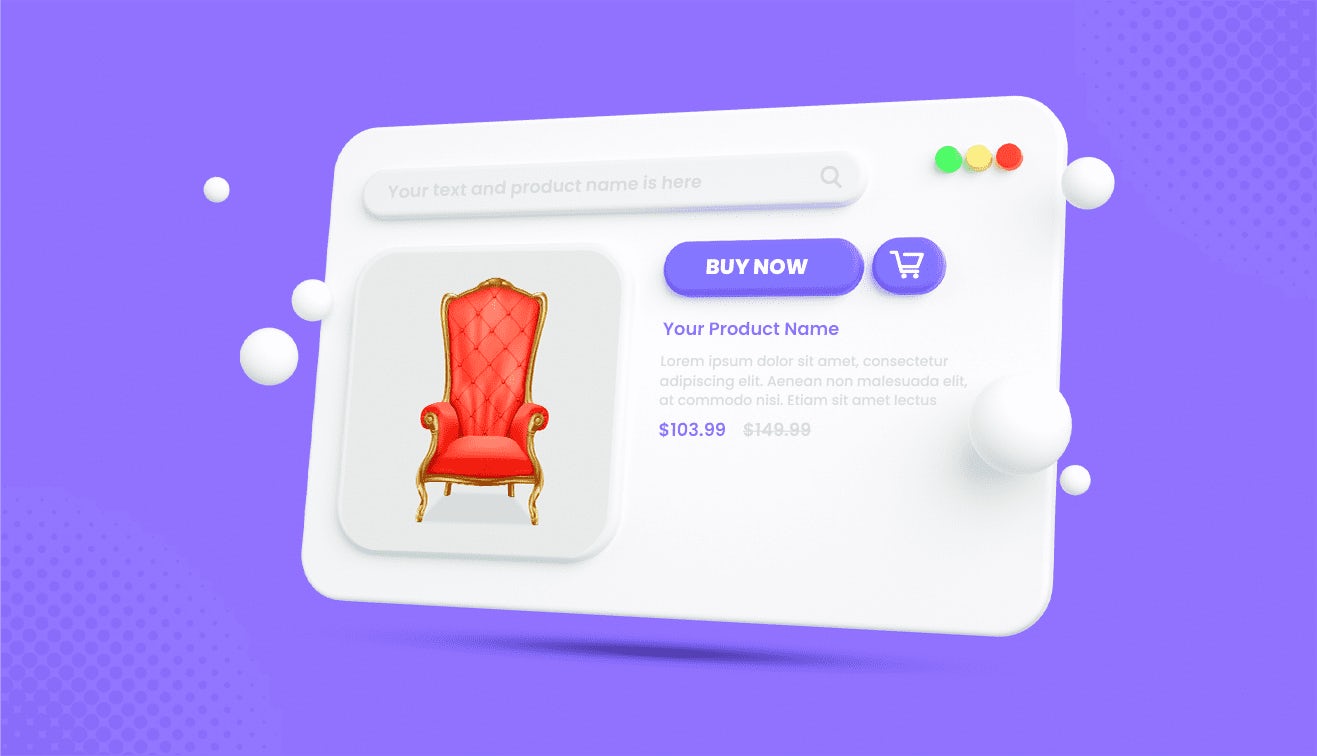Navigating the world of e-commerce can often feel like steering a ship through ever-changing seas. One of the first ports many of us dock at is Shopify, a platform known for its ease of use and robust features that cater to a wide range of online businesses. But just like any ship that outgrows its harbour, there comes a time when your growing business might need more than what Shopify offers.
When comparing platforms, it’s easy to get tied up in knots. What’s going to work for you now, in the future, and what can scale? In the world of eCommerce, when it comes to comparing platforms, features only matter if they perform for the client.
A customer, when online shopping, cannot pick up a product and scrutinise it. They can’t feel the product or smell it, nor can they pick out the individual item they are going to receive in the post. They rely on the virtual experience, the whole experience, from online search to shopfront experience to end-product satisfaction. If one of the customer’s expectations aren’t met, the damage could have a snowball effect on the client in the form of irredeemable trust. That’s why getting a platform right is such a challenge, and one you ignore at your peril.
Shopify limitations when you are a Scaling Business
Who doesn’t want to scale-up their businesses? After all that’s why you’re there in the market! But with an ecommerce platform that doesn’t support your scale, is a hundred percent a red flag. Shopify is a decent platform if you’re a small business with a small number of SKUs or are just starting your journey (of course you need to take care of the budgets, duh!). but scaling up comes with challenges that Shopify can’t solve. Here are some limitations you might face down the road:
1 .Limited Customization on Checkout Process: Shopify has a standardized checkout process, which can be limiting for brands that want to fully control the user experience. For instance, businesses cannot alter the checkout layout or process extensively, which can be a significant issue for companies needing specific functionalities like multi-currency checkout, complex discounting structures, or unique upselling strategies.
2. Restrictions on API Call Limits: Shopify imposes limits on API calls, which can hinder businesses that rely heavily on real-time data syncing between their e-commerce platform and other systems like ERPs, CRM, or PIM. For large businesses with high volumes of transactions and data, these limitations can lead to delays and synchronization issues.
3. Constraints in Product Variants and Attributes: Shopify limits the number of product variants and attributes. This can be a significant issue for stores with a large and diverse inventory, where products come in numerous variations and require extensive attribute detailing. Overcoming this limitation often requires complex workarounds or additional third-party apps.
4. Basic B2B Functionality: Shopify is primarily designed for B2C transactions. Companies that also engage in B2B transactions may find Shopify's functionalities in this area lacking. For example, it doesn't natively support tiered pricing, bulk ordering, or custom catalogs, which are essential for B2B e-commerce.
5. SEO Limitations: While Shopify covers basic SEO needs, it has limitations. For example, it automatically generates URL structures, which can be less than ideal for SEO. Also, advanced SEO customization, like editing robots.txt files, is not straightforward.
5. Limited Reporting and Analytics: Shopify's built-in analytics are basic. Businesses needing detailed reports and custom analytics often find them insufficient. Integration with external analytics tools is possible but can be complex and sometimes limited by the data Shopify makes available.
6. Hosting and Performance Concerns: On Shopify, businesses don't have control over their hosting environment. This can lead to performance issues, particularly during high-traffic periods. While Shopify's infrastructure is robust, some businesses prefer having direct control over their hosting for performance optimization.
7. Dependency on Third-Party Apps: To overcome its innate limitations, businesses often have to rely on multiple third-party apps, which can introduce complexity, compatibility issues, and additional costs.
Inadequate Multi-Language and Multi-Currency Support: Shopify's capabilities for supporting multiple languages and currencies can be limited, especially for stores targeting a global audience. While there are workarounds and third-party apps available, they may not seamlessly integrate, leading to a less than optimal user experience for international customers.
8. Content Management Limitations: Shopify's built-in content management system (CMS) is relatively basic. For brands that heavily rely on content marketing or need sophisticated content management features (like advanced blogging tools, customizable content blocks, or dynamic content), Shopify's CMS might fall short.
9. Challenges in Omnichannel Integration: Shopify may not be as efficient in integrating with various offline channels or POS systems, which can be a hurdle for retailers who operate both online and offline stores. For a seamless omnichannel experience, retailers might need more robust and flexible integration capabilities than Shopify offers.
10. Inventory Management Constraints: For businesses with complex inventory management needs, such as those handling a large number of SKUs or requiring advanced warehouse management features, Shopify's native inventory management can be too simplistic. While third-party apps can extend functionality, they might not fully integrate with external systems or provide the level of detail required.
11. Limitations in Shipping and Fulfillment Options: Shopify's native shipping and fulfillment options might not meet the needs of businesses with complex logistics. This includes limitations in handling advanced shipping rules, real-time carrier rates for international shipping, or integration with third-party logistics providers.
12. Data Migration and Integration Challenges: As businesses grow and evolve, they often need to migrate or integrate large amounts of data. Shopify can present challenges in this area, especially when dealing with complex data sets or needing to integrate with legacy systems.
13. Mobile App Integration: While Shopify offers mobile-responsive designs, integrating a Shopify store with a native mobile app can be challenging. For brands looking to offer a seamless mobile app experience, Shopify's capabilities may be limiting.

































































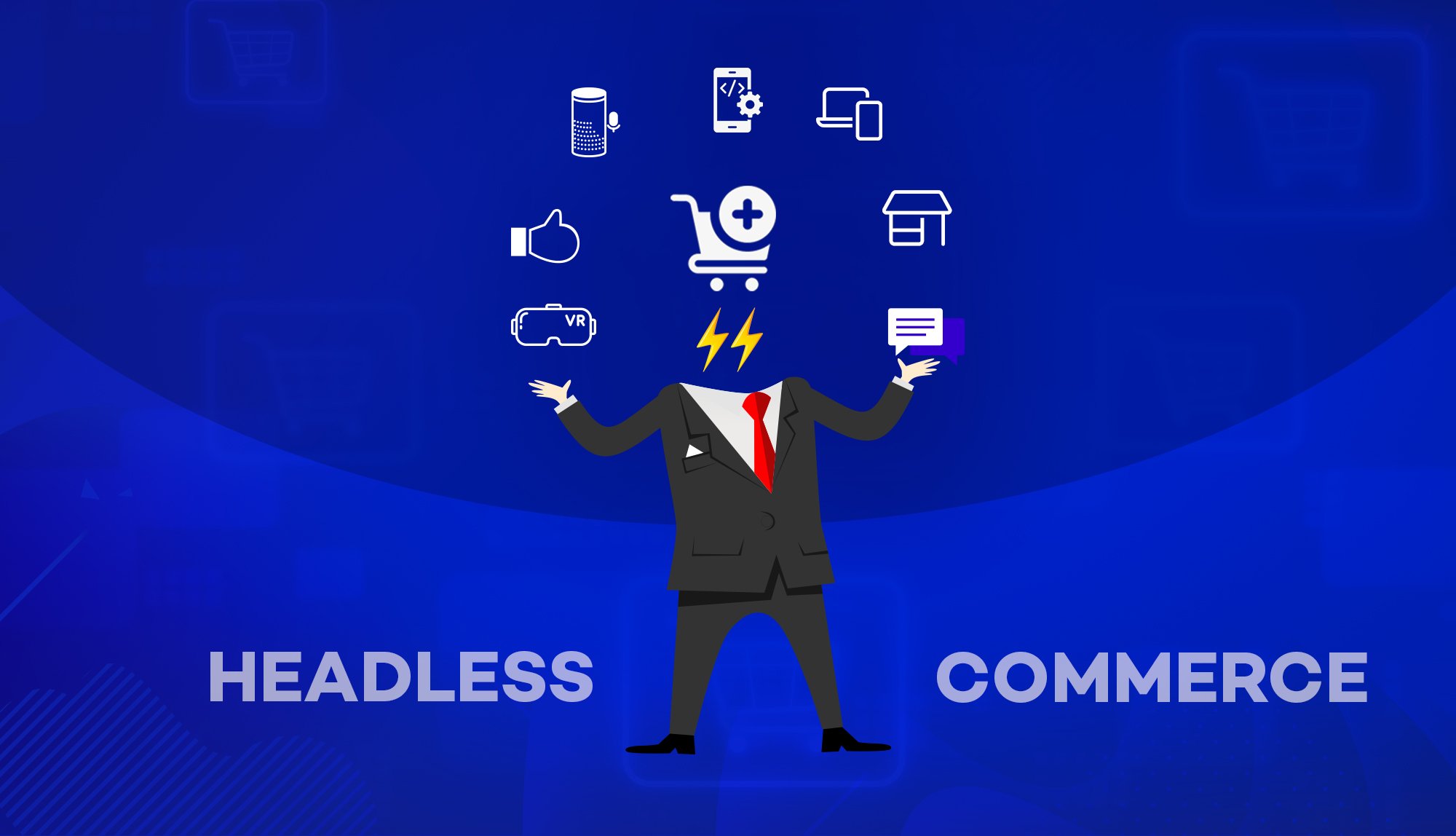
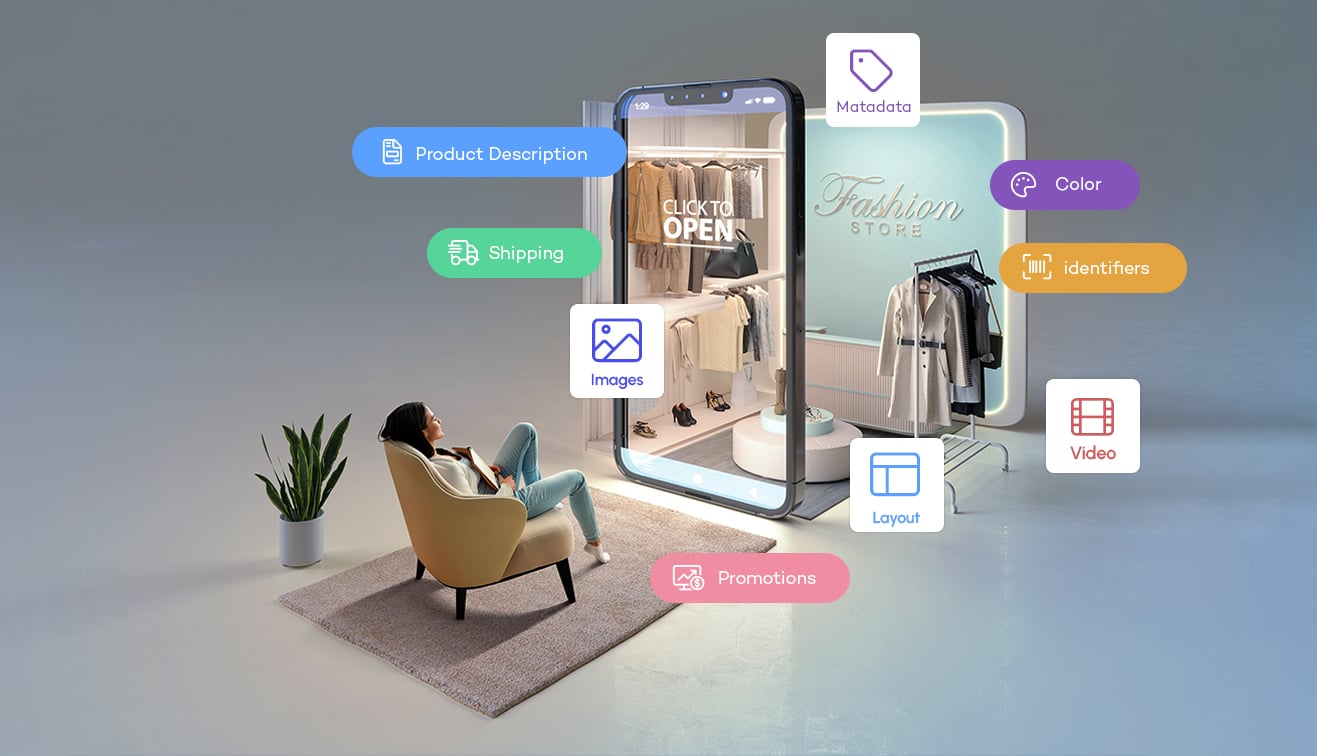



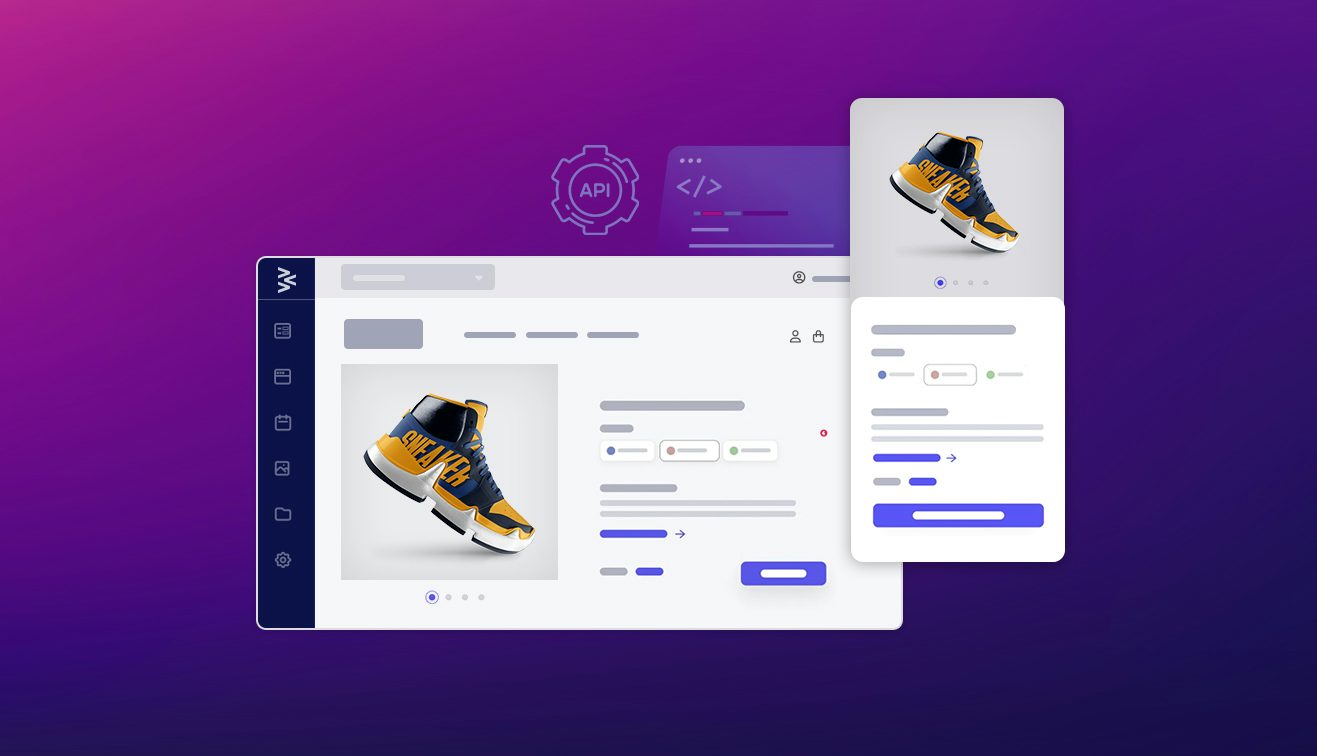

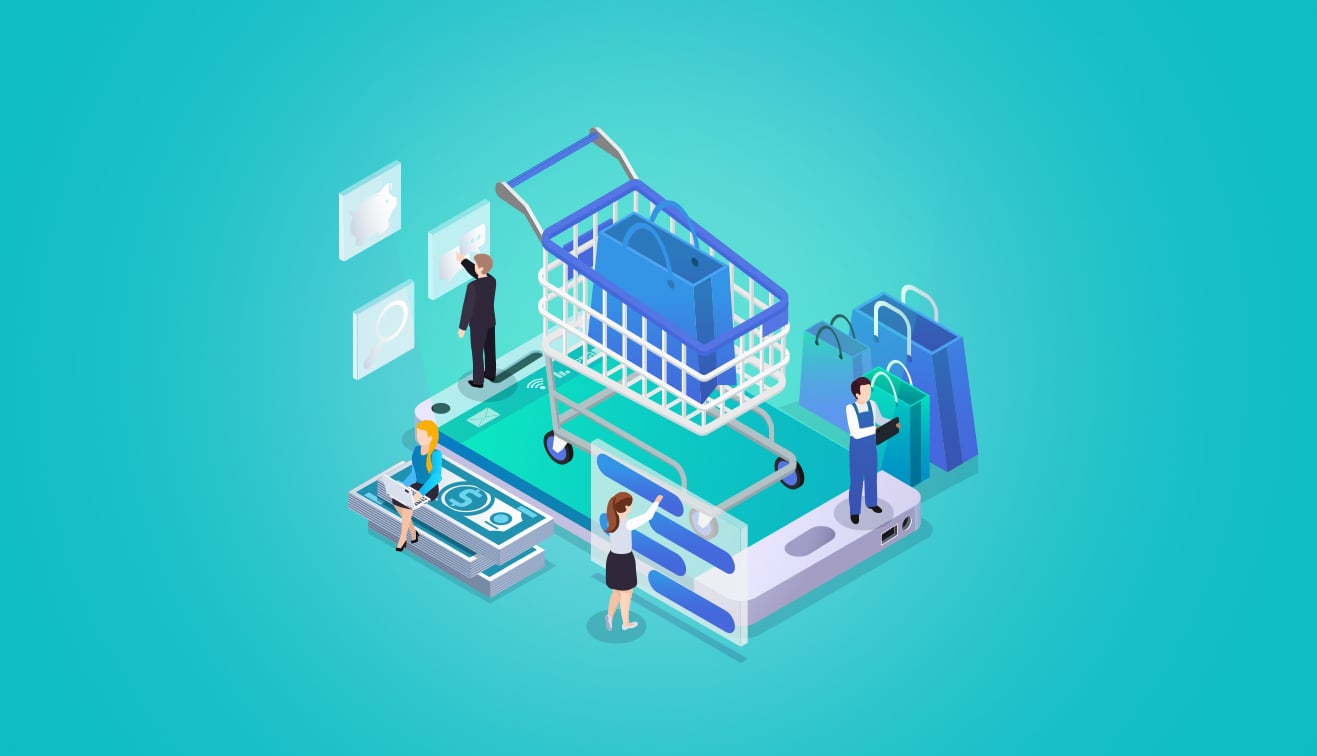

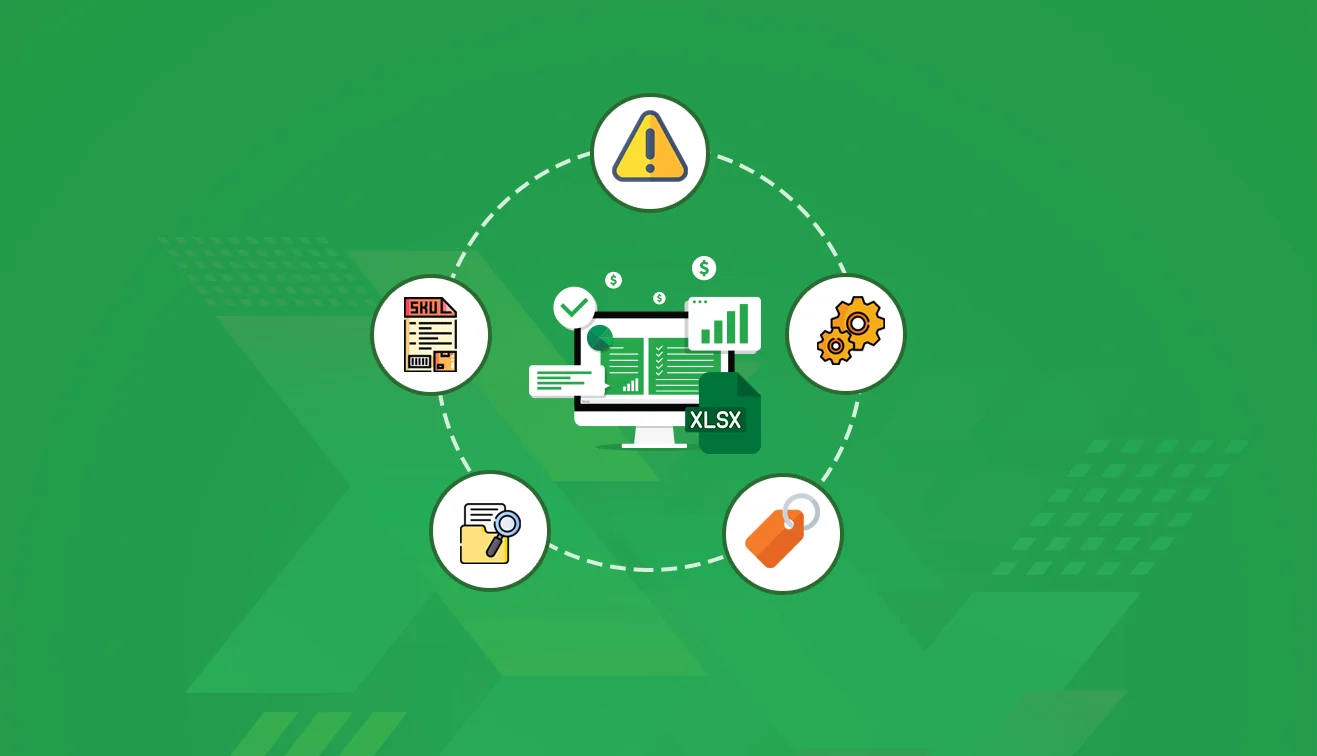
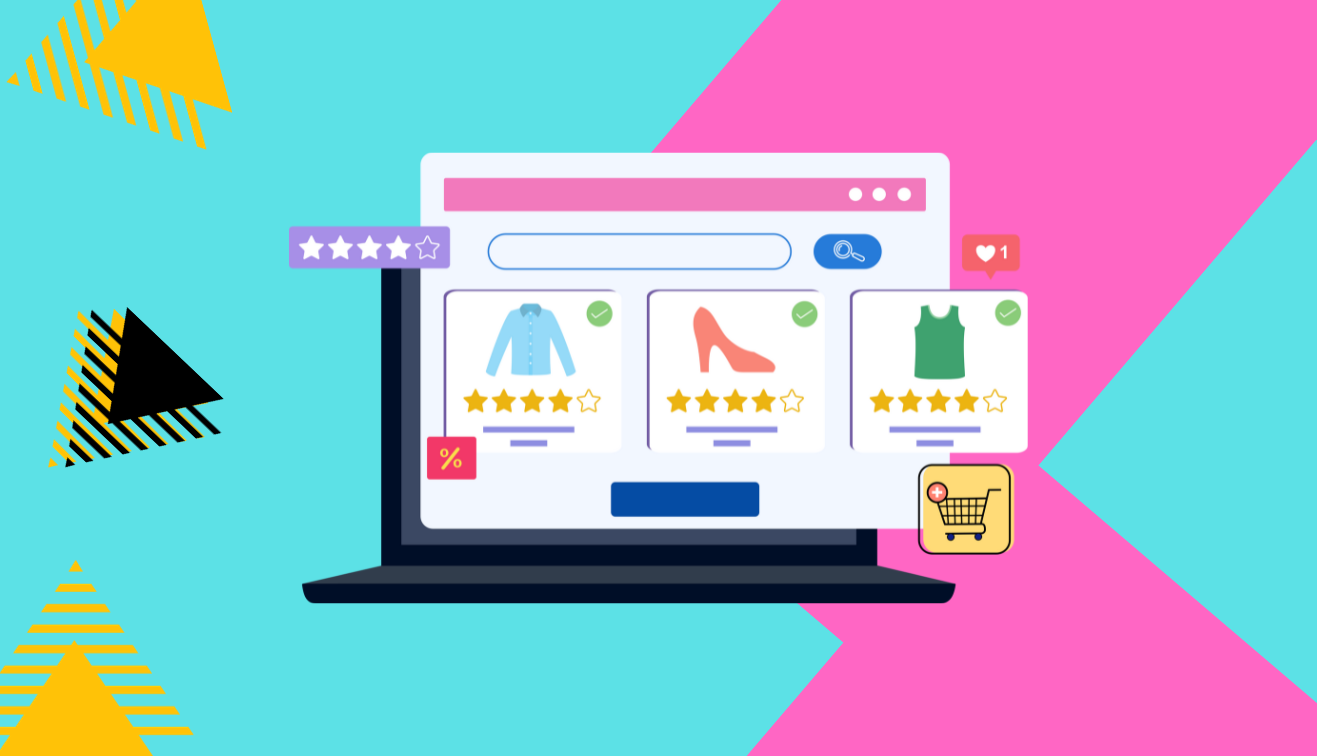
.jpg?w=3840&q=75)
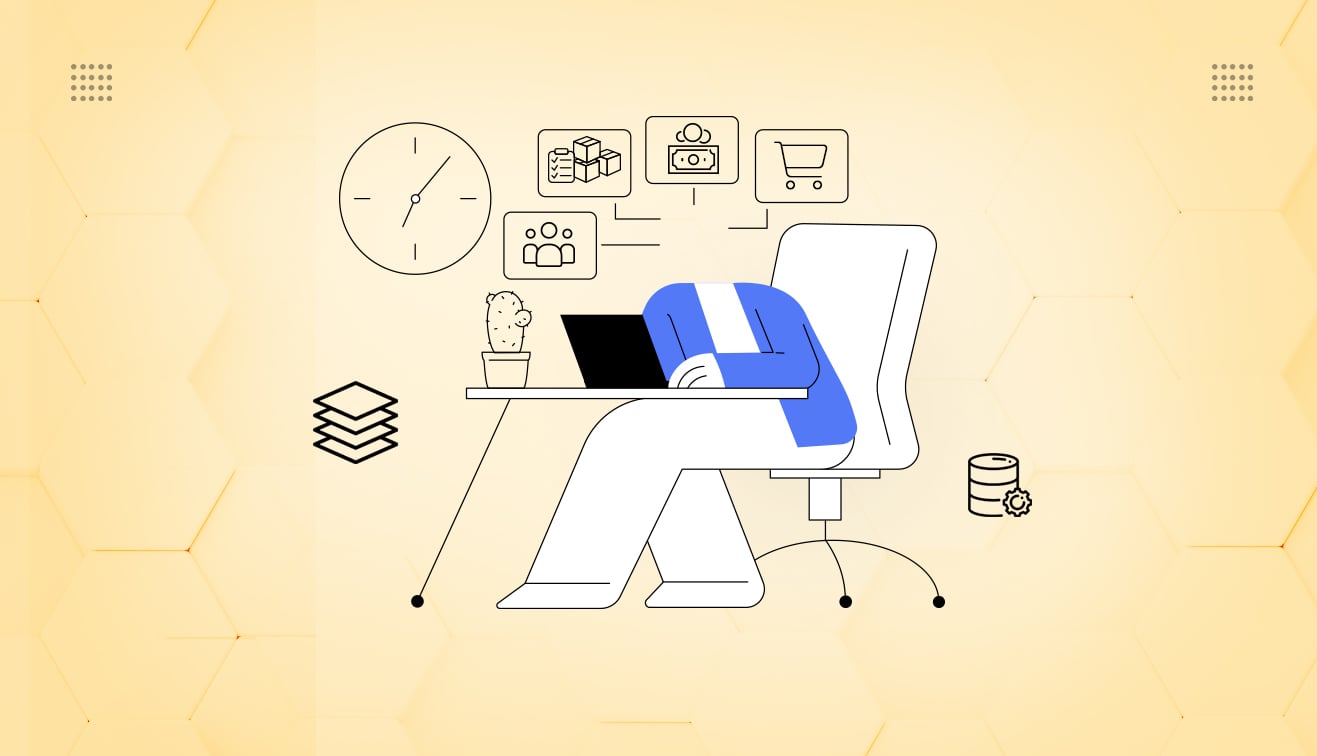

.png?w=3840&q=75)
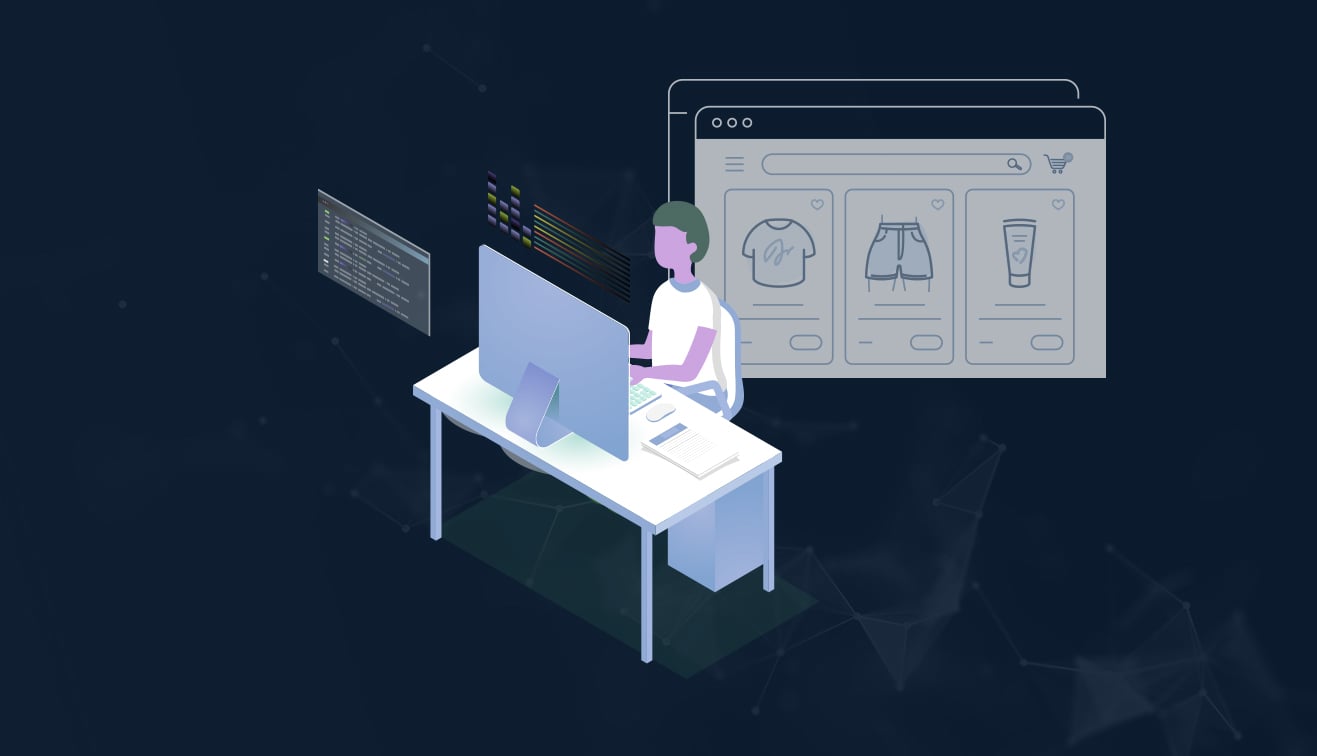
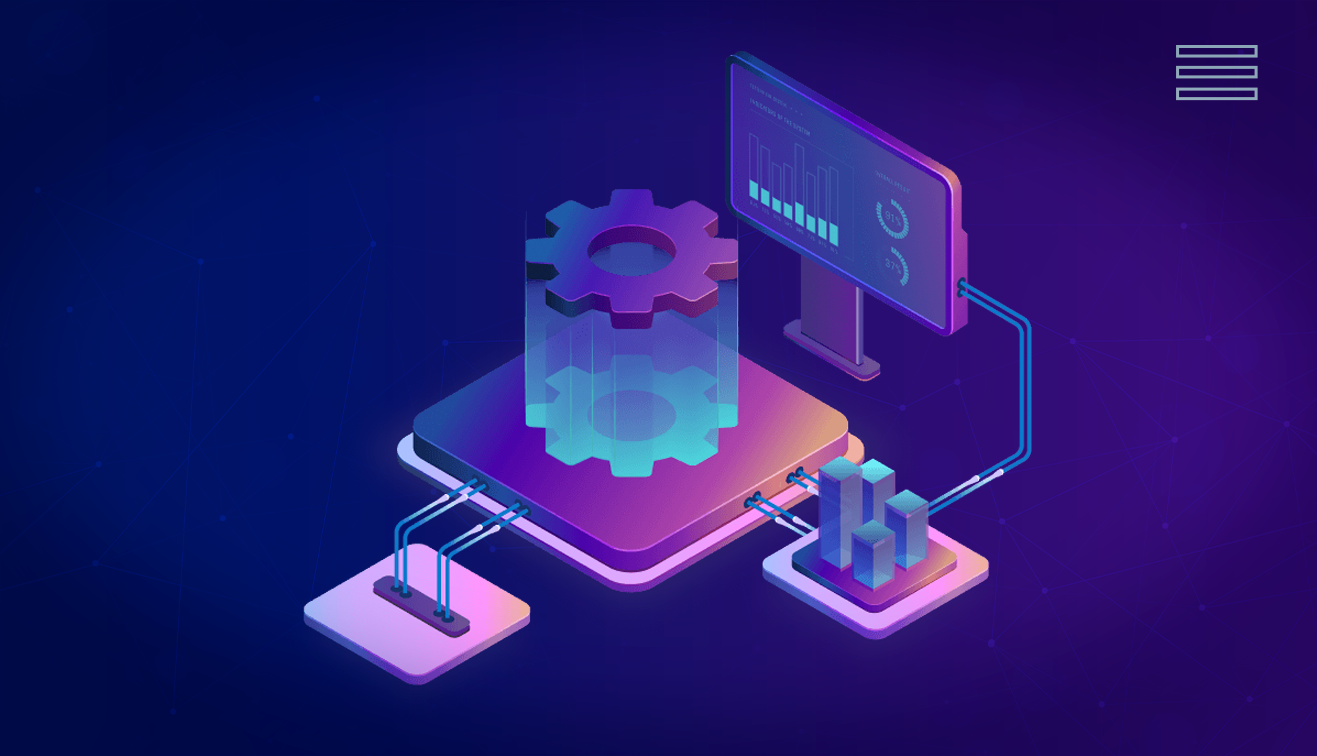
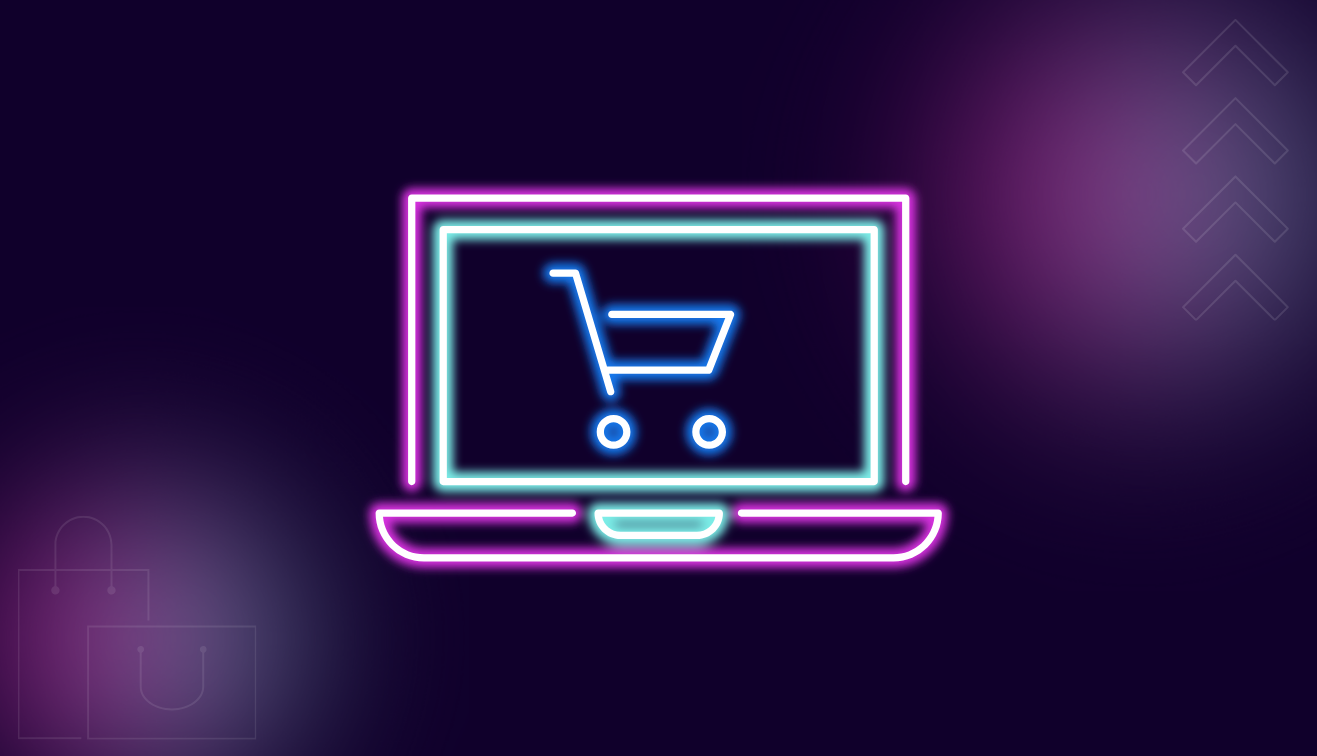
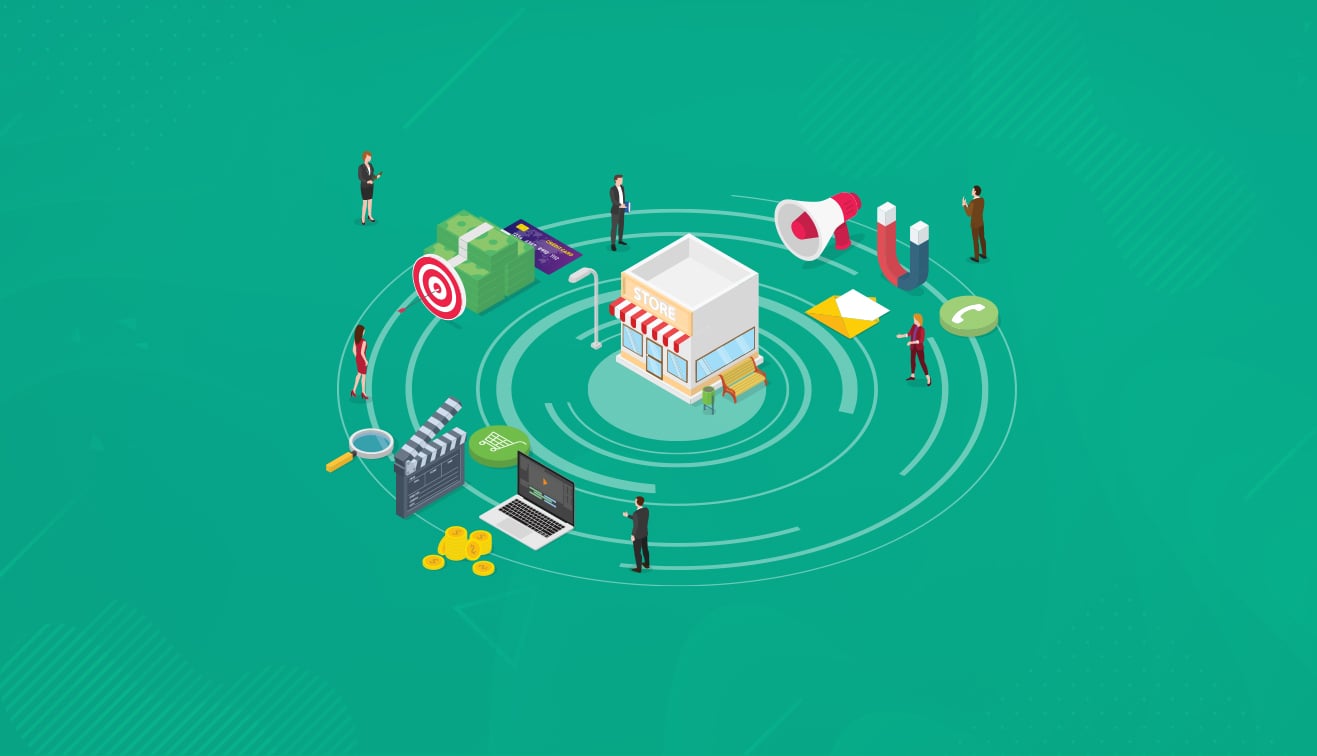
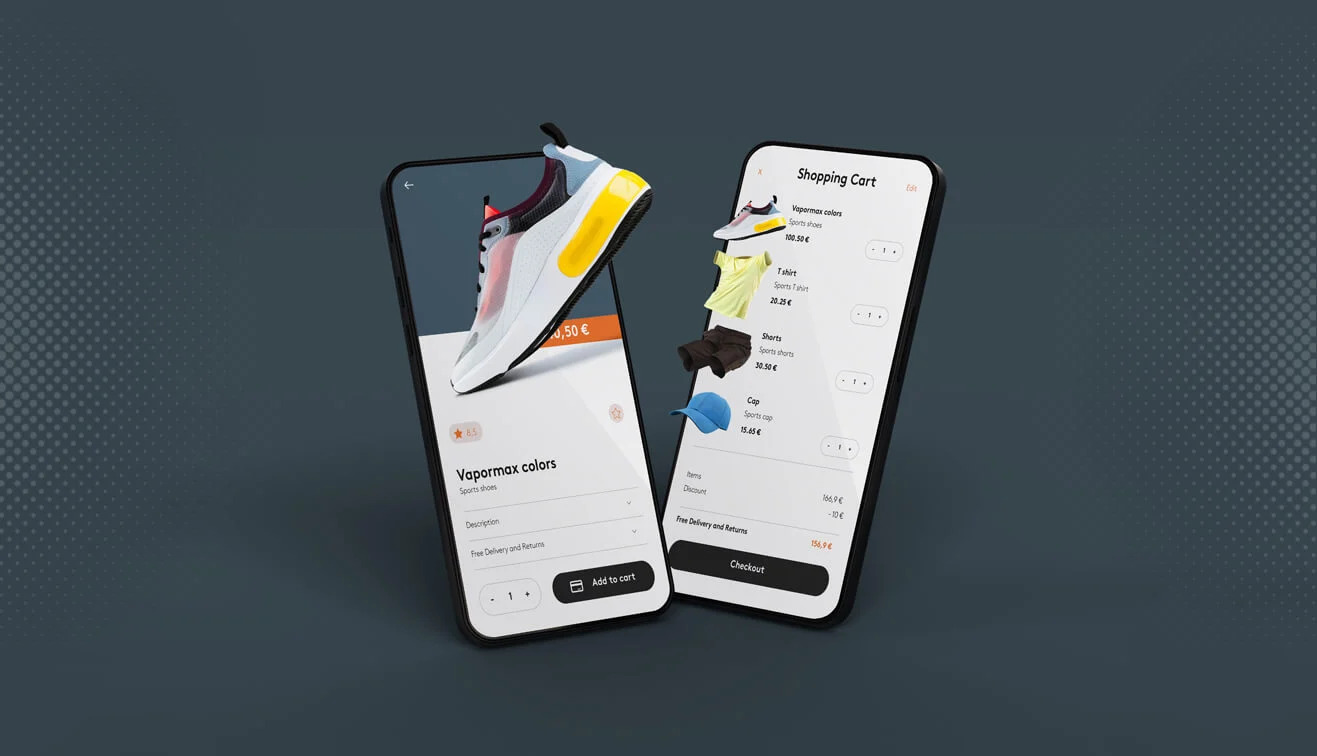



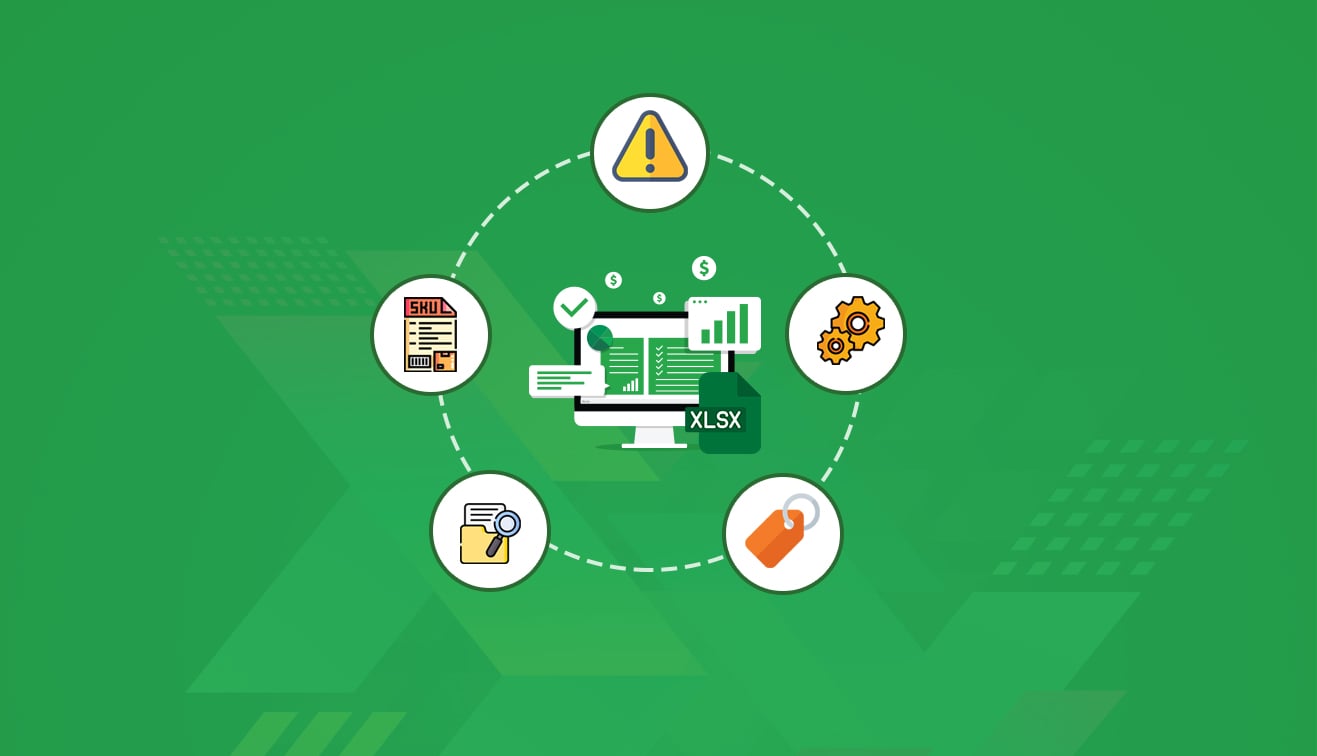
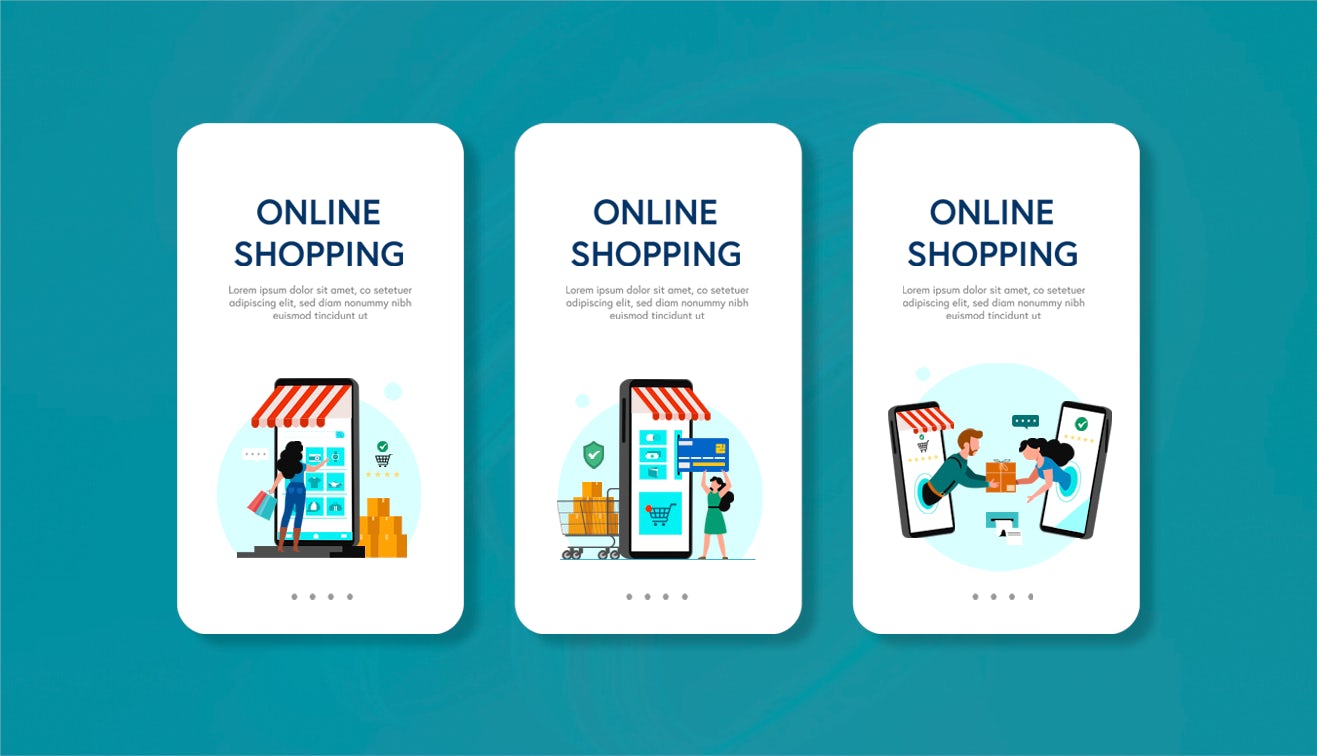

.jpg?w=3840&q=75)
